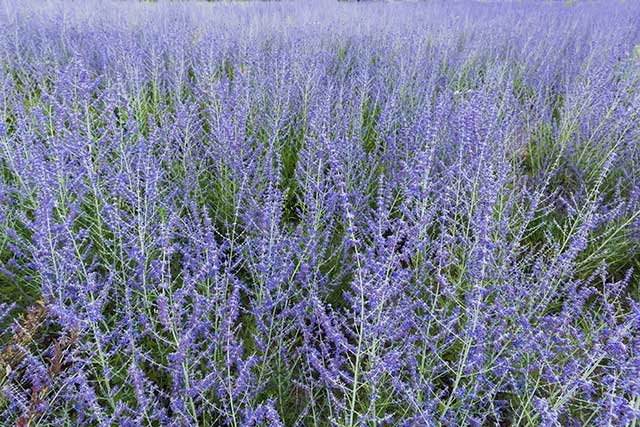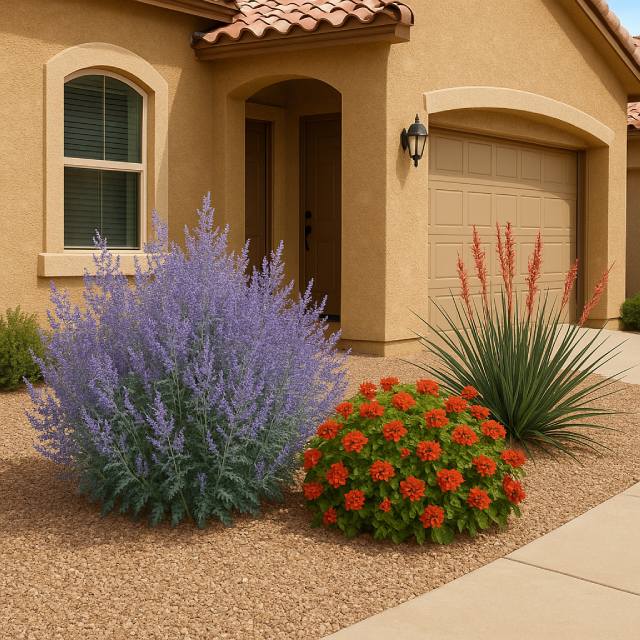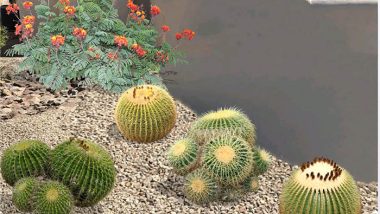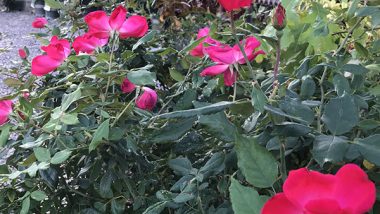Last updated on November 19th, 2025 at 06:27 am
How to grow Russian sage, also known as Perovskia atriplicifolia, isn’t too hard if you know what it needs. This hardy plant loves sunny spots and well-drained soil. It’s perfect if you don’t want to spend a lot of time watering or fussing. Once it’s established, it can handle dry conditions like a pro.
Make sure you give it room to spread out since it can grow up to four feet tall and wide. Its silvery leaves and purplish-blue flowers not only look amazing but also attract pollinators like bees and butterflies. It’s great for anyone who loves a low-maintenance garden with plenty of color.
If you’re planting more than one, space them about two or three feet apart so they don’t overcrowd each other. Pruning is simple too—just cut it down to about a foot in early spring to keep it healthy and shapely. It’s a tough plant and can even handle cold winters in many areas.
Russian Sage Plant

How to grow Russian Sage
Many new gardeners mistake this plant for a Lavender or Texas sage bushes, it is not a true sage, and its origin comes from Russia. It is a flowering herbaceous perennial. For this post, we will call it a Sage.
The plant thrives in and around the Southwest and produces tall spikey, bright lavender-blue limbs. It is a tough, vigorous plant that grows anywhere, especially in and around the American Southwest.
The foliage is a silver-gray color, and it starts to bloom in late spring and into early fall. It does well in a rock garden or Xeriscape landscape.
Plant it in full hot sun; do not plant in the shade, as it will sprawl and spring out in places you might not want! The best time to plant is in early spring or mid-fall.
Is Russian Sage Drought-Resistant?
Yes, once it becomes established, it is very drought-tolerant. It does tolerate poor soil and grows about 4-5 ft. tall and wide. It is also good for container gardening.
This plant can become invasive, so it is best to give it lots of room to grow. Pulling out unwanted sage by hand and including the roots will keep it from getting into places where you do not want it to grow.
I would not place this plant near other plants that are in your flowering or vegetable garden as it will quickly take over. The rhizome of this plant is how it grows and will produce more stems.
You should plant Russian sage in full hot sun, if not it will start to look yellow, and the stems will reach for sunlight thus giving it a droopy look.
Propagating Russian Sage
Russian Sage can be propagated by separating clumps of plant roots and all. Place the new sage clump in a good, well-drained container. Use topsoil or potting mix, water about every other day during the spring season.
Once it shows new growth, it’s time to plant it in the ground. It will bloom from mid-summer until mid-fall.

It is hardy in USDA zones 5 through 10. Look up your USDA hardiness zone here.
With the right care, Russian Sage (Perovskia atriplicifolia) can beautifully transform your outdoor space into a vibrant, water-wise landscape. This drought-tolerant perennial is ideal for Southwest gardens, offering clouds of soft lavender-blue blooms and silvery-green foliage that thrive under the desert sun. For best results, plant Russian Sage in a sunny location with well-drained soil and water sparingly once established—it’s one of the easiest plants to maintain in Las Cruces and the greater Southwest region. A light pruning in early spring will keep your plant full and healthy, encouraging fresh growth and abundant flowering throughout the summer months.
Pair Russian Sage with other low-water, desert-adapted plants such as Lantana, Red Yucca, or Desert Marigold for a colorful and sustainable landscape design. Whether used as a border plant, accent, or mass planting, Russian Sage adds texture and long-lasting color to your yard. Share your gardening success on social media or try growing it in different parts of your garden to discover how it enhances your Southwest curb appeal year-round.

Monrovia.com has more photos and information about Russian sage.
Russian Sage is not toxic to cats and dogs.
.

Greenhouse Manager, Master Gardener, and Webmaster.
If you have any questions or enjoyed this post, feel free to share your thoughts in the comments below.


